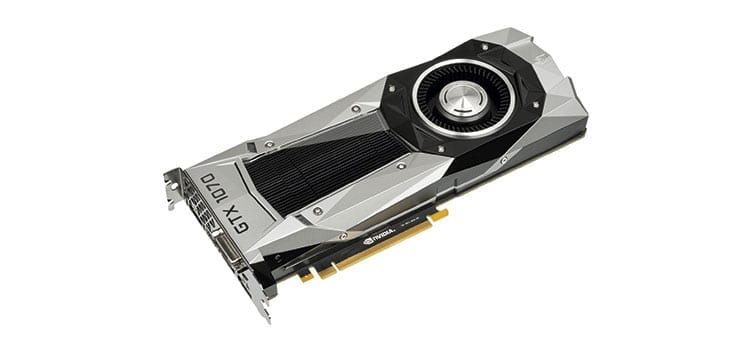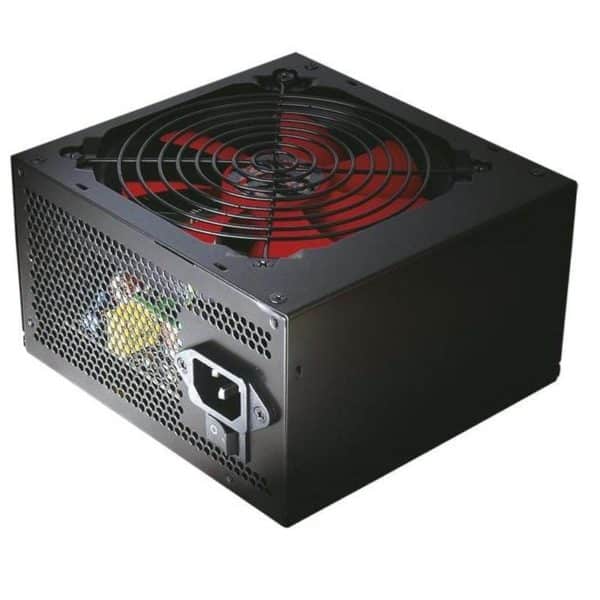Technology SLI (Scalable Link Interface) The scalable link interface is necessary when you connect, via a bridge, two or more graphics cards in a system. This method allows the software to be configured to work as a single video card.

Theoretically, it is intended to increase power, speed and graphical performance through single output signal. In this way, you will enjoy greater graphic quality with respect to games and greater power in your work area.
Article Content
Emergence of SLI
La original version of SLI It was released in 1998 by 3DFX Interactive for their Voodoo2 cards. In their time, they were excellent technologies. They consisted of 12Mb of memory and supported 5000 billion operations and 3 million triangles per second in 3D processes. Thanks to the standardization of the port for AGP graphics cards, the project was scrapped.
Since 2004, they are again at your disposal. In that year, the company NVIDIA reintroduced this technology to the market, taking advantage of the benefits of the new graphics cards, with the aim of using them in computers that use PCI Express.
How It Works
So that you can connect two cards, a printed circuit connector is used attached to another connector that these cards have. This element allows synchronization, display and pixel data to be transmitted between both GPUs, allowing the communication of the two graphics processors at a speed that can reach 1 GB/s without decreasing the bandwidth of the PCIe bus. At that level you can optimize your graphics with this technology.
Configuration
For configure an SLI, you need a motherboard with two PCIe x16 ports. The software distributes the load in two ways:
Split Frame Rendering (SFR): The image displayed in a frame is analyzed and the load is distributed equally between the two GPUs.
Alternate Frame Rendering (AFR): each GPU controls a frame (image), being processed alternately.
Using the SLI connection, a frame is displayed, where the image is sent to the main GPU and then to the output. Basically, the method cuts your computer's processing time in half, but the actual time is a little longer. NVIDIA announces that Your system quality is expanded by a factor of 1.9 x with SLI configuration.
Application
This technology applies software algorithms and unique scalability logic to each graphics processing unit (GPU), giving you greater performance compared to an individual graphics solution. The benefit of using SLI is the increase in power processing available for graphics. However, in practice this does not work, the reality is different, the power is not doubled with two cards.
An overhead exists when two or more GPUs work together. They are also factors determinants for its function controller support and games. In an SLI configuration you can assume that with two or more cards your system is faster than with just one, however, it may be slower.
A problem that arises when we configure multiple GPUs in a system using SLI is having a high overhead. In the process by which the graphics cards distribute the rendering of the frame through a data bridge, a high excess time to execute an operation.
This generates a lot of latency in the graphics and, the more cards that are connected, the performance will be increasingly worse.
When the overhead on your graphics cards, a phenomenon called micro stuttering or micro stuttering, which are irregular delays where the image does not look smooth. Even with a high fps (frames per second) rate, this effect will make your game unplayable, the moving video will become stuttering.
However, for a game to work in SLI, not only your hardware matters, the games must also have a particular profile. drivers manufacturer. NVIDIA offers better support, since he publishes his drivers before the games are released in order to attach SLI profiles. How a game plays out is important, being key to performance with two or more cards.
Currently, Nvidia, and since it launched the GPU with Pascal architecture, does not provide its support service for configurations with more than 2 cards in SLI. The main problem with this technology is that performance gain does not satisfy to users, as game designers do not offer specific support for multi-GPU configurations.
SLI Performance Test

We present the study and analysis of the performance of the SLI technology, where the benchmark tests were considered, using the GeForce GTX 1080 Ti, in a two-card configuration as one. Testing was conducted at 4K resolution to negate any processor bottlenecks.
The results were the following:
GeForce GTX 1080 Ti:
Far Cry 5 = 55
PUBG = 59
GTA V = 73
The Witcher 3 = 58
Hitman = 76
Rise of The Tomb Raider = 57
Battlefield 1 = 73
Resident Evil 7 = 66
For Honor = 58
The Division = 55
GeForce GTX 1080 Ti SLI:
Far Cry 5 = 60
PUBG = 66
GTA V = 97
The Witcher 3 = 66
Hitman = 74
Rise of The Tomb Raider = 106
Battlefield 1 = 67
Resident Evil 7 = 62
For Honor = 97
The Division = 47
With these results, we conclude that SLI technology does not necessarily give you a large increase in gaming performance over a single graphics card. To this you add the problems of micro-stuttering in the image that are not expressed in a Benchmark. Only in cases of Rise of The Tomb Raider, For Honor and GTA V You will be able to see an increase in profits.
There are also other problems, such as energy consumption for two graphics cards. It is larger, more heat is generated, it requires better ventilation of the equipment and electricity costs increase.
With all these drawbacks, manufacturers are stopping using SLI technology, because it provides more disadvantages than advantages. What do you think?

Intellectual Property & Technology transfer Manager at Autonomous University of Barcelona




